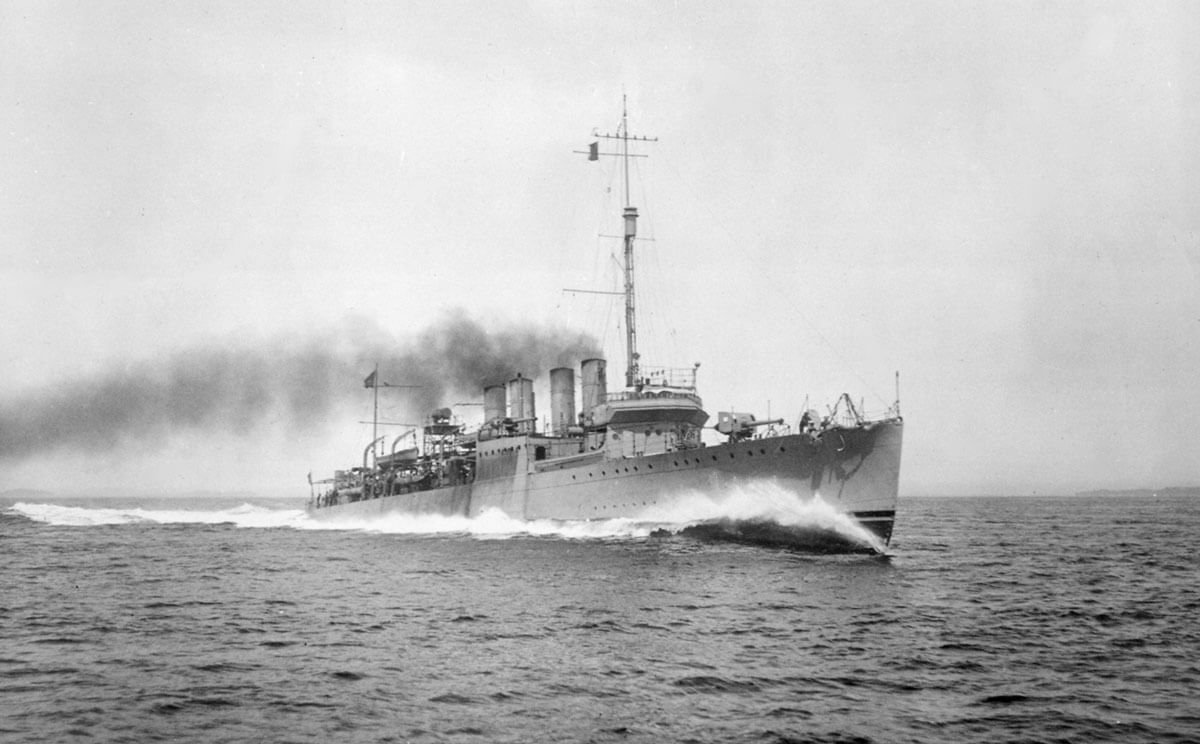Asbestos Exposure on the USS Brooks

Hull Number: DD-232
Type: Destroyer
Class: Clemson
Built: Camden, NJ
This Clemson-class Destroyer was built at the end of the First World War by the New York Shipbuilding Company at their Camden, NJ facility. Measuring just over 314 feet, the ship carried a complement of 130 officers and enlisted men. It was commissioned by the U.S. Navy in June of 1920, and was recommissioned twice prior to the United States’ involvement in World War II.
After the attack on Pearl Harbor, the Brooks patrolled the West Coast until 1942 when it was converted to a high-speed transport and assigned to the South Pacific. The ship was damaged in January of 1945 by a kamikaze bomber, and was decommissioned in August of that same year.
Navy veterans who were assigned to the USS Brooks were likely exposed to asbestos over the course of their regular duty. Asbestos was extremely common in equipment on ships prior to the mid-1970’s, and could be found in boilers, turbines, pumps, valves, and electrical components.
Materials including valves and gaskets were also often made entirely from asbestos. Sailors who served in the ship’s engine and boiler spaces – including Boiler Tenders, Machinist’s Mates, and Firemen – were especially at risk, as these areas were poorly ventilated, confined, and contained a high concentration of asbestos equipment.
The businesses that provided the Navy with these asbestos products generally understood that asbestos exposure could lead to mesothelioma and lung cancer, but none ever warned those serving aboard the USS Brooks and other ships of the era.
Victims of asbestos, including those diagnosed with mesothelioma, asbestosis, or lung cancer caused by asbestos exposure, have a right to pursue compensation. Settlements can offset or cover medical expenses, and may provide additional sums for pain and suffering. It is important to contact legal representation soon after a mesothelioma diagnosis is made however, as the law places limits on the time in which a lawsuit may be filed.
